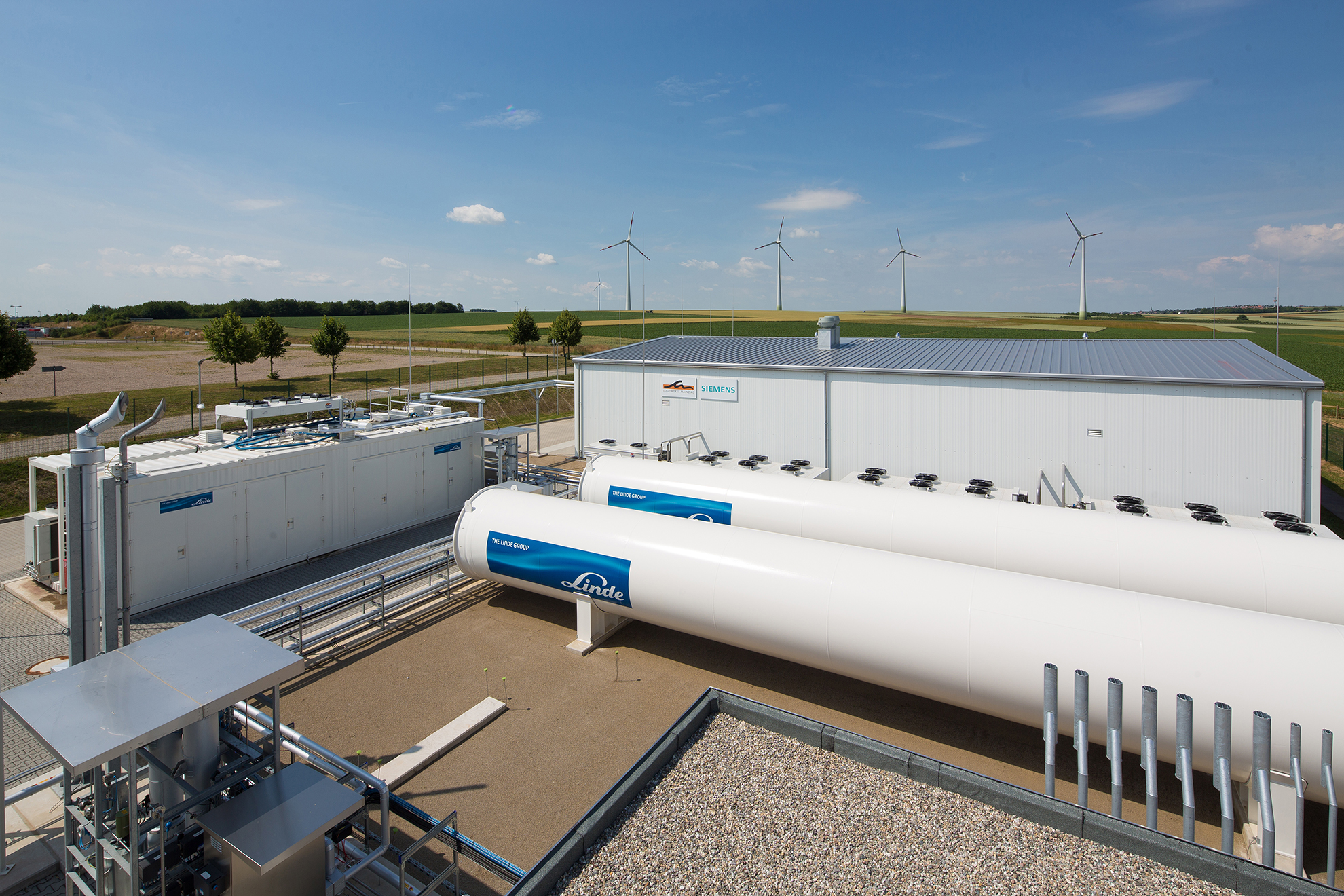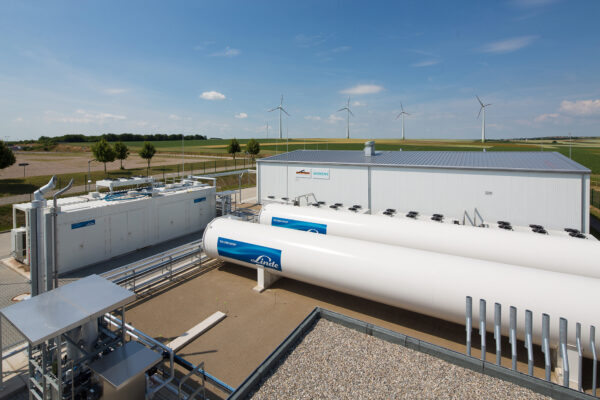Perspectives on sustainable transportation

Recently, Siemens thought leaders have had the opportunity to share their thoughts on sustainable power systems and how they can play a part in the sustainable future of the automotive, aerospace, and other transportation industries. Advancements in electric, hydrogen, and other sustainable power systems are enabling the creation of vehicles and transportation systems that emit less carbon, produce less noise, and contribute to a more sustainable future.
Up first, Dale Tutt, Vice President of Global Industries, dives into the challenge of creating collective intelligence, or a holistic picture of the sustainability concerns for a modern vehicle. Tomorrow, Tutt argues, it won’t be enough to simply produce a car engine or airplane propulsion system that doesn’t create any direct emissions. Instead, companies will need to consider the environmental costs of every aspect of the product, its production, maintenance, and the source of its energy. You can read a quick summary of Tutt’s article below, or read the whole piece by clicking on the link.

A Systems Engineering Approach to Sustainable Power Systems
Sustainable transportation is a cornerstone of the global effort to reduce reliance on fossil fuels. In the US, transportation emissions contributed the largest share of greenhouse gas emissions in 2020, at 27% (EPA, 2022). In the same year, it is estimated that transportation accounted for 7.2 billion tons of carbon dioxide emissions globally (IEA, 2021). As we work to reduce our impact on the environment, reducing these emissions is crucial. This is a tall task to be sure, but one we can still achieve through continued innovation in sustainable technologies, including the systems that power our various vehicles and machines.
Certainly, much progress has been made already. This is particularly evident in the rise of the electric powertrain, which has gained widespread, global support as a key strategy for the reduction of emissions in the transportation sector. Despite this progress, electrification technology still faces some challenges with respect to their overall impact on the environment. The same is true for other forms of alternative energy and sustainable power systems. To create a truly sustainable power system, companies should approach its development, implementation, and maintenance in the field from a complete, system-of-systems perspective. By doing so, they can account for and minimize the total environmental footprint of the system, while also facilitating an innovative and productive development environment for their engineers and partners.
Second, Nand Kochhar, Vice President of Automotive and Transportation Industries, takes a look at the specific sustainability challenges of the electric vehicle. EVs have gained market position recently as consumers search for a greener alternative to combustion-powered vehicles. While an increase in the share of EVs on the road will help to reduce emissions due to transportation, it will be important for companies to consider additional aspects, such as manufacturing and the sourcing of materials, to maximize the potential of the EV as a sustainable mode of transport for the future. A summary of Nand’s article is presented below, and the full text is available through the link provided.
Emissions, Sustainability and the Electric Vehicle
Several solutions to the problem of transportation emissions have been proposed, tested, and even put into production. In the last five years, vehicle electrification has gained position in the automotive market and consumer consciousness as a practical and expedient means of reducing carbon and other greenhouse gas emissions due to transportation and human mobility. By powering vehicles with electricity instead of gasoline, we can eliminate the emissions that a traditional vehicle generates as it burns fuel, all while maintaining a comparable driving and user experience. As a result, the modality is gaining significant momentum as more models are brought to market, costs fall, and new environmental regulations come into effect around the world. But, when looking at the entire production and usage lifecycle of the EV, there are sustainability challenges that remain unsolved.
As companies work to address these challenges, digital engineering solutions, from design to simulation to product lifecycle management, can help develop and mature EV technologies, and keep track of the many materials and resources that go into their production. With this knowledge, automakers can take action to minimize emissions, waste, and consumption of resources like water and electricity. Through these and other measures, companies can leverage digitalization to make EVs an increasingly powerful option in the fight against climate change.
References
EPA. (2022). Sources of Greenhouse Gas Emissions. Retrieved from United States Environmental Protection Agency: https://www.epa.gov/ghgemissions/sources-greenhouse-gas-emissions#transportation
IEA. (2021, November). Tracking Transport 2021. Retrieved from International Energy Agency: https://www.iea.org/reports/tracking-transport-2021
Siemens Xcelerator, the comprehensive and integrated portfolio of software and services from Siemens Digital Industries Software, helps companies of all sizes create and leverage a comprehensive digital twin that provides organizations with new insights, opportunities and levels of automation to drive innovation.
For more information on Siemens Digital Industries Software products and services, visit siemens.com/software or follow us on LinkedIn, Twitter, Facebook and Instagram. Siemens Digital Industries Software – Where today meets tomorrow.


